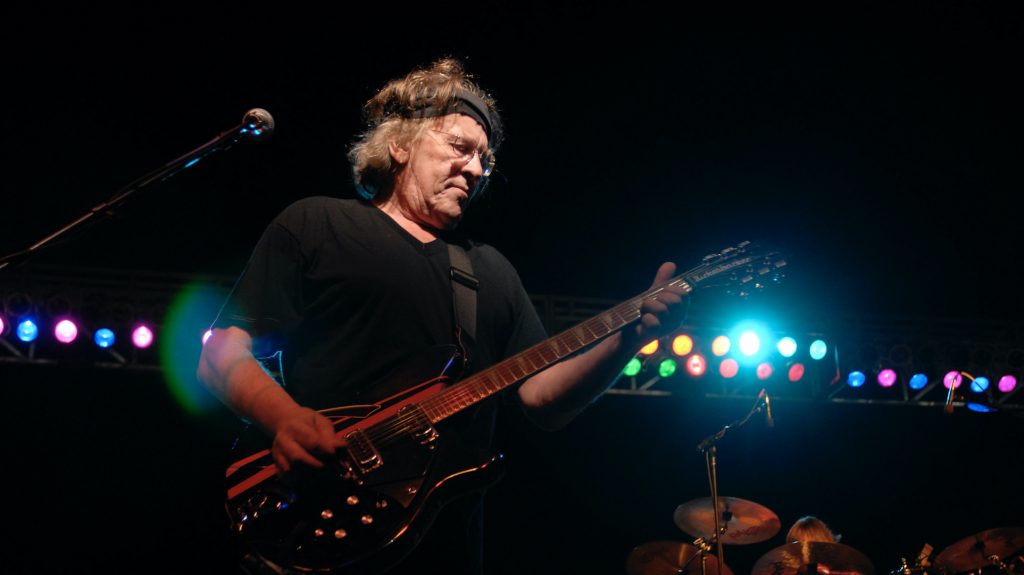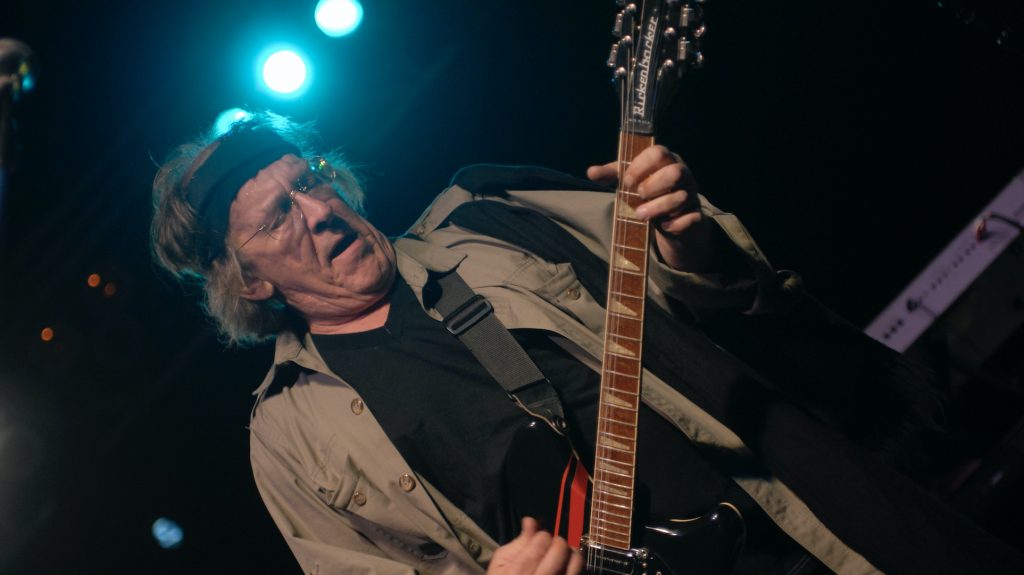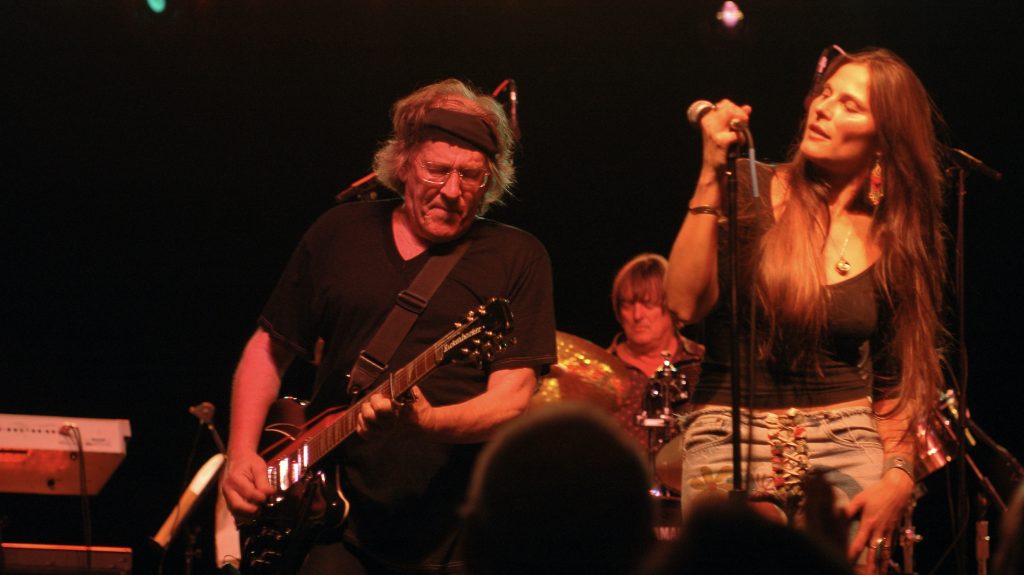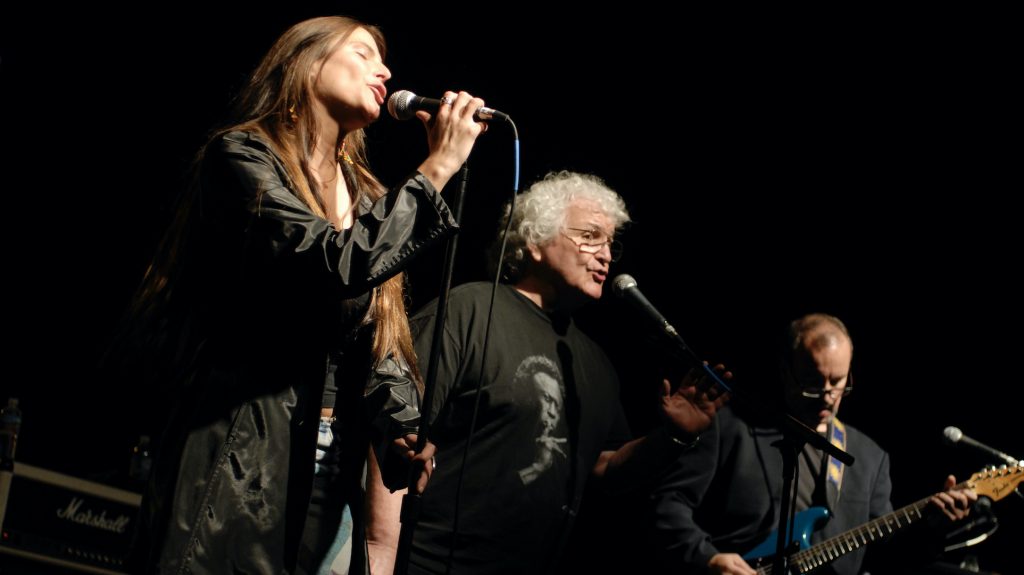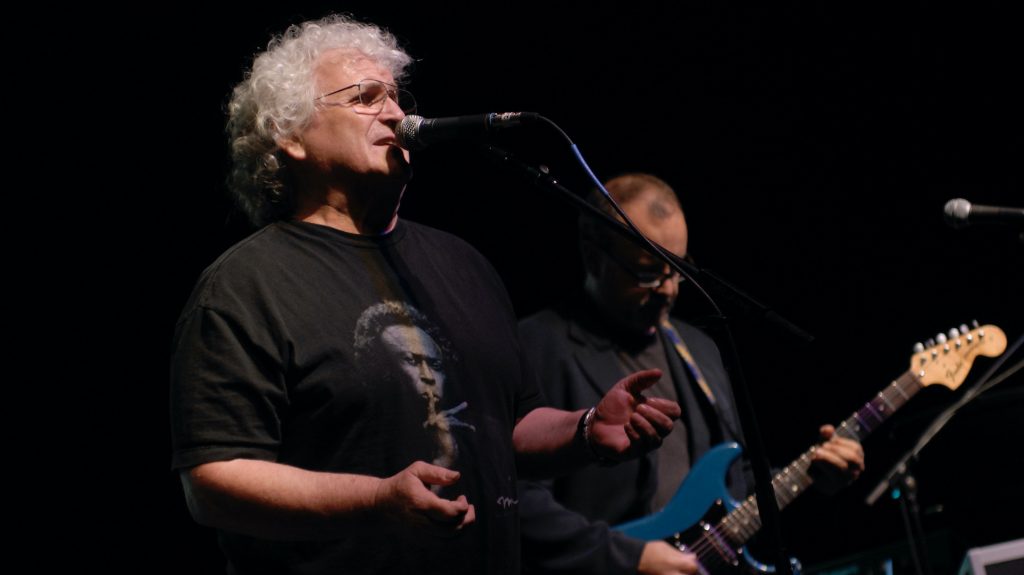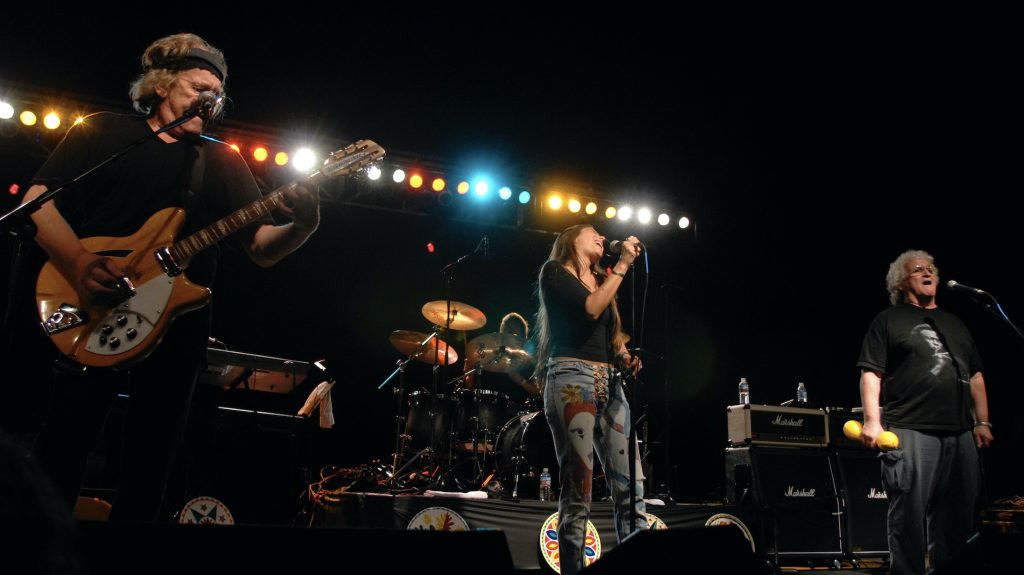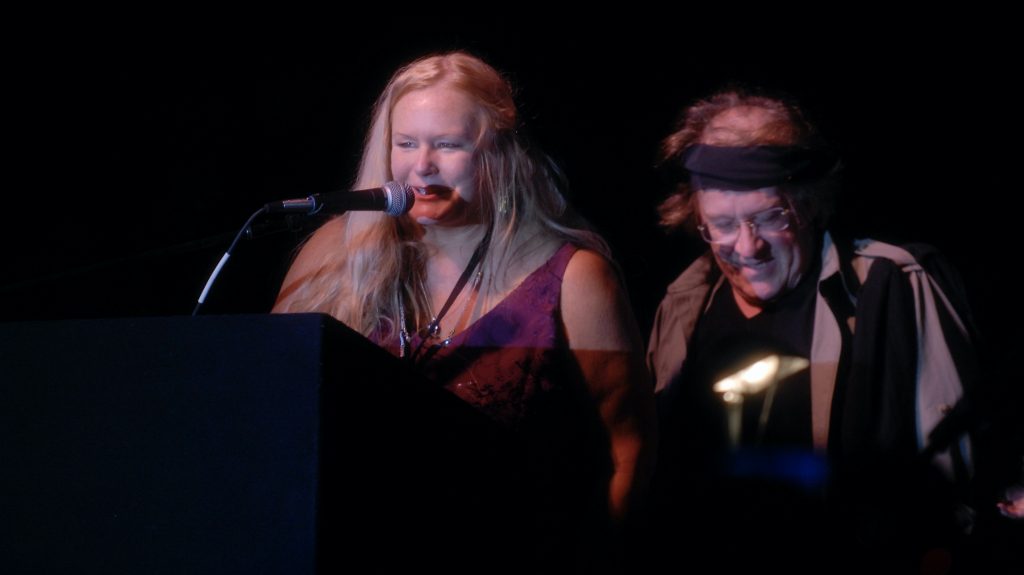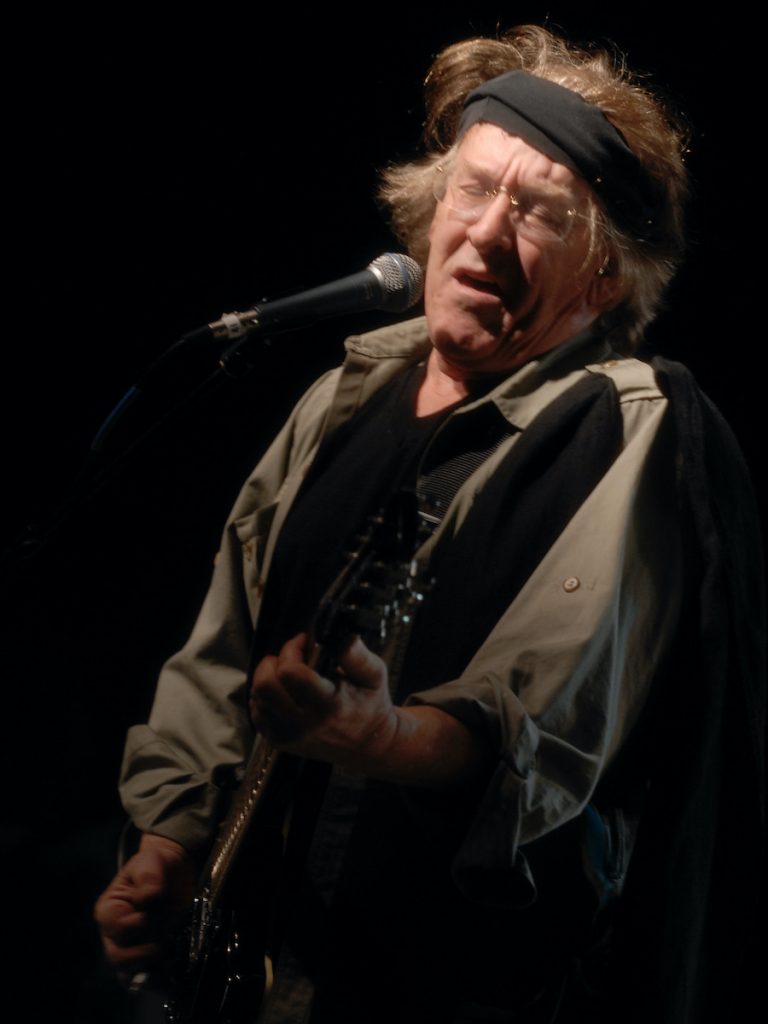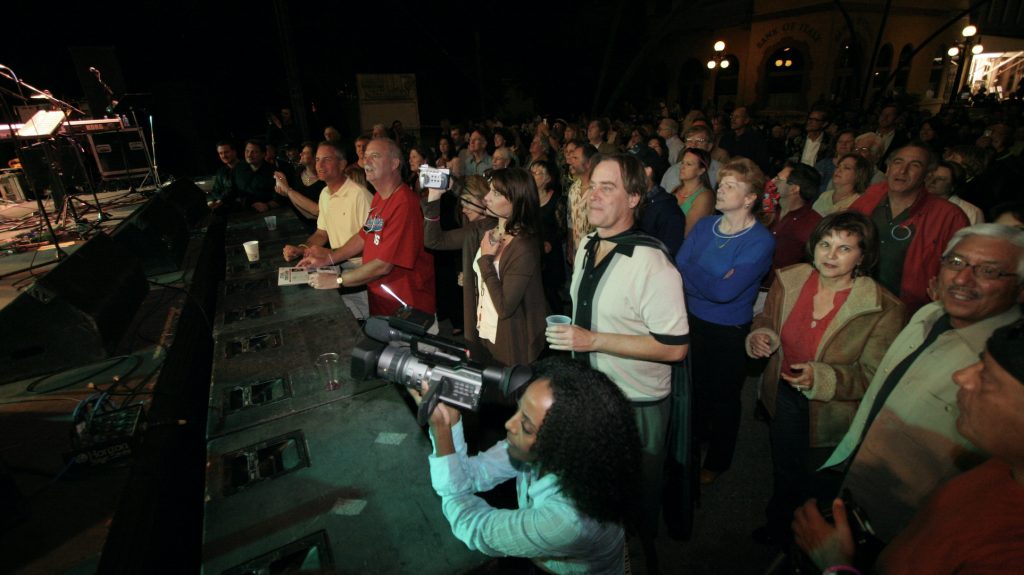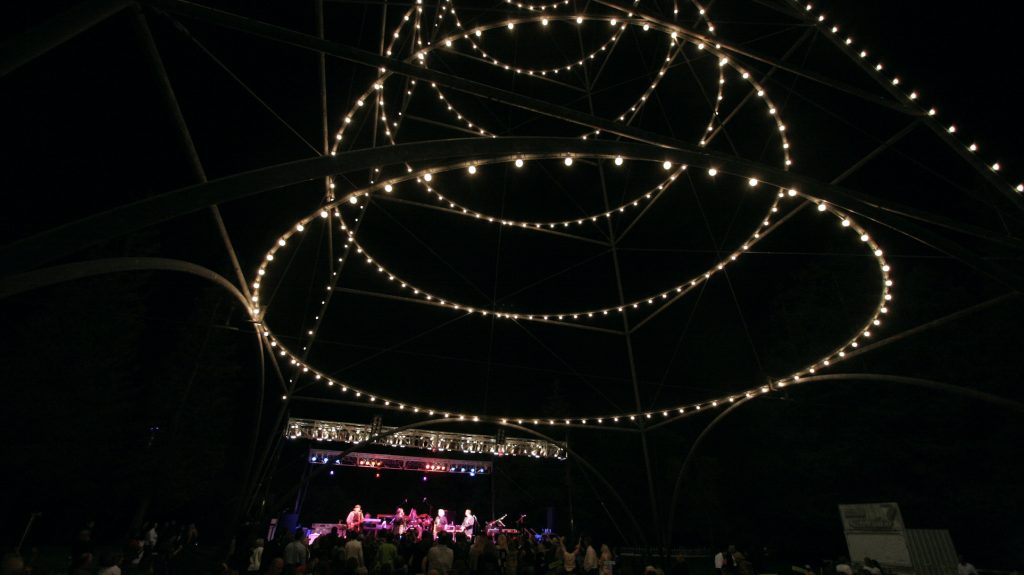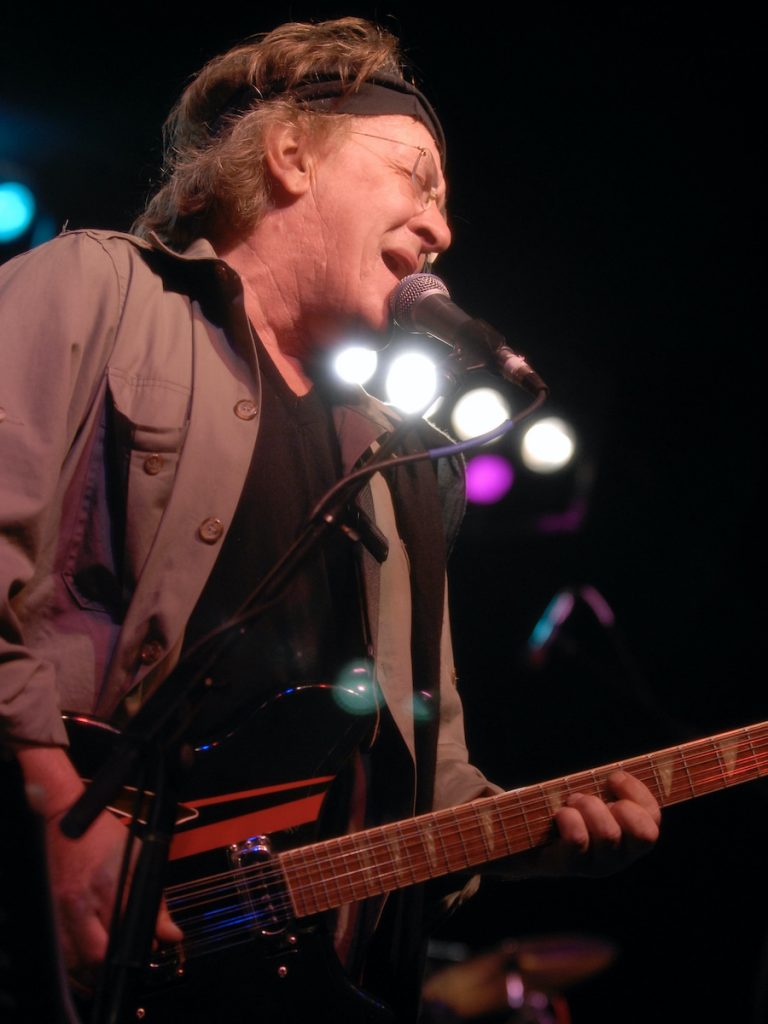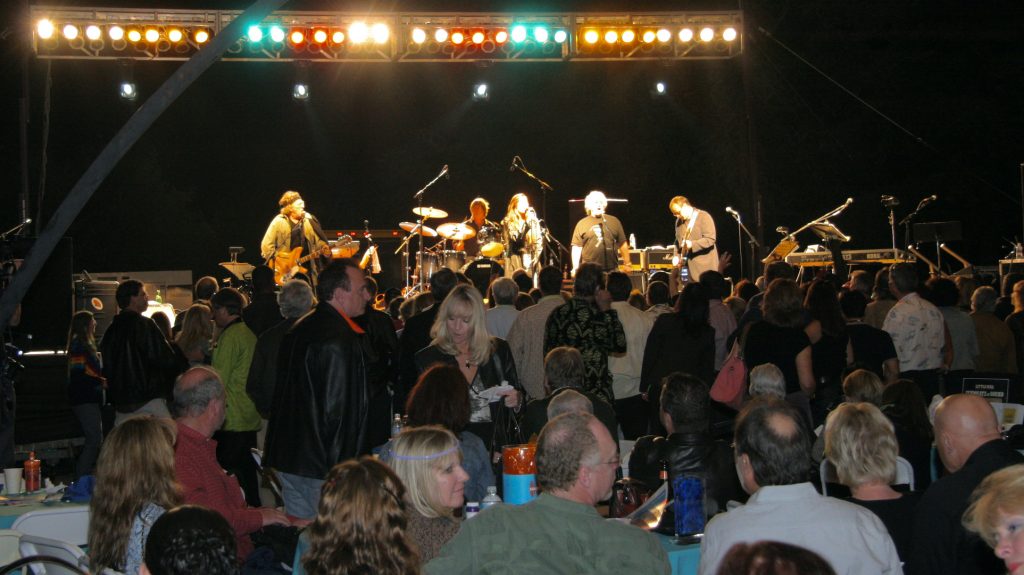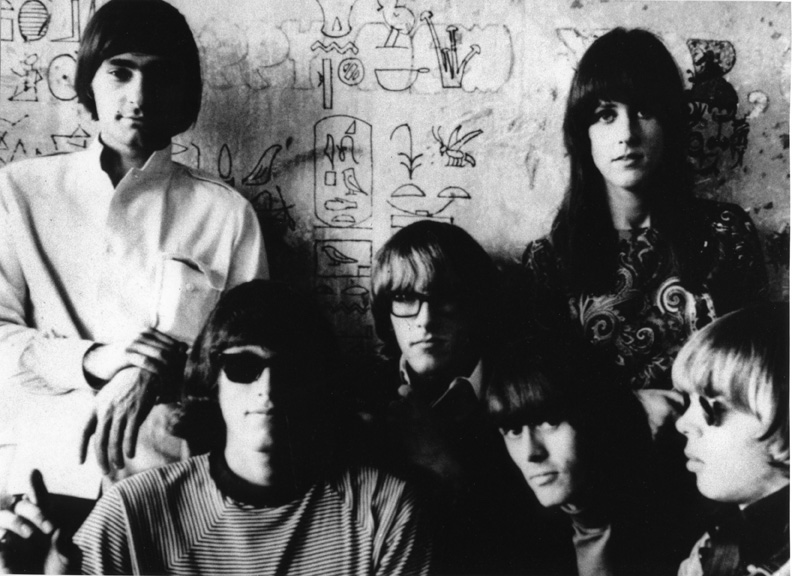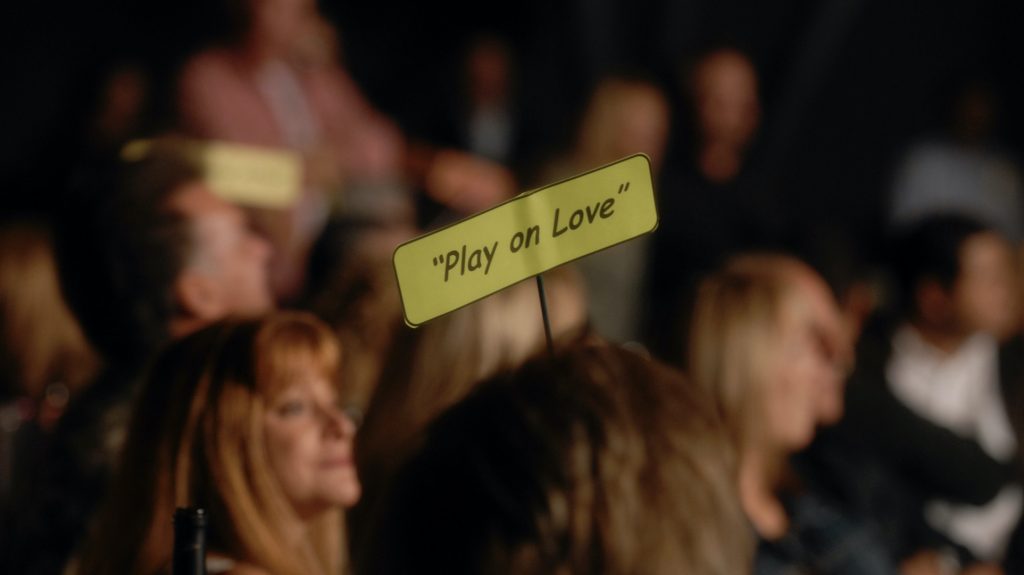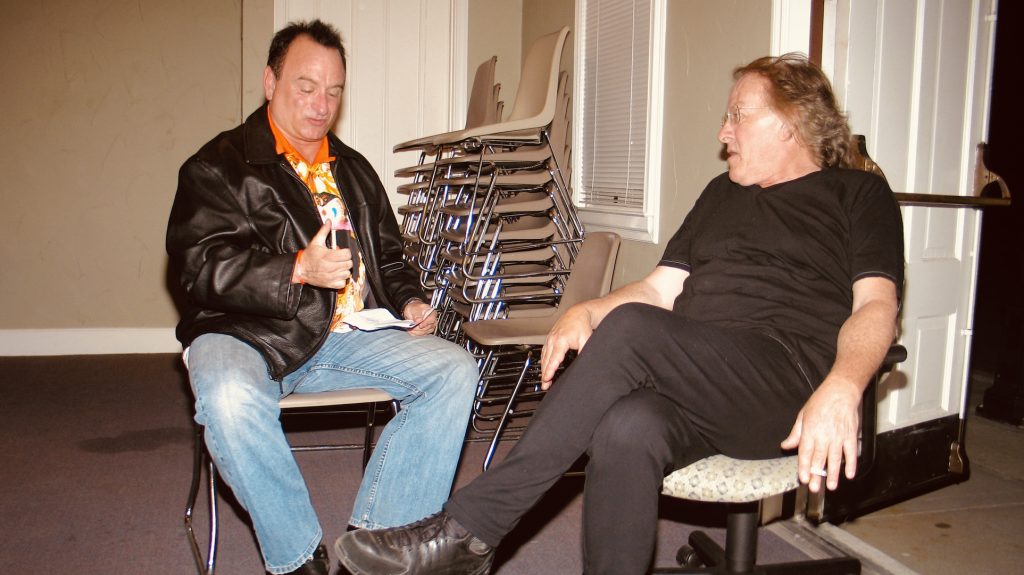Paul Kanter
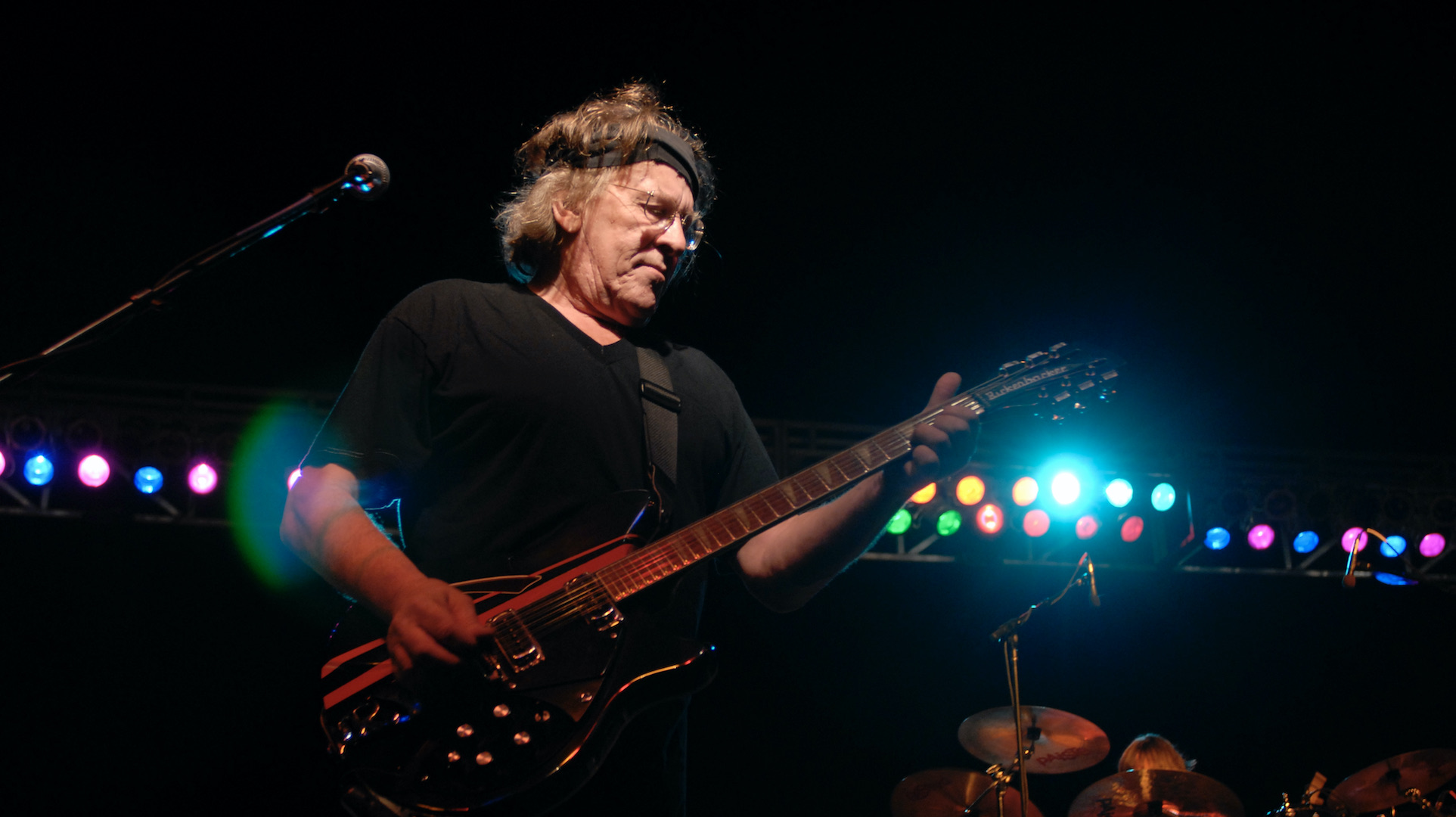
About this Post
Paul Kanter
As a founding member and integral element of Jefferson Airplane, San Francisco’s first great rock ‘n’ roll band-then as the main cog in Jefferson Starship, the aggregation spawned in the mid-’70s when the Airplane rolled into the hangar for the last time, Kantner helped create a sound that will say “San Francisco” to generations of music lovers long after we’re all gone.
Share this:
Paul Kanter, Rounder of Jefferson Starship
Rock Muscian Category
By Jud Cost 2006
Although he would probably scoff at the notion in his hyper-literate, professorial manner and punctuate the denial with a puff of cigarette smoke, Paul Kantner is a giant of Bay Area rock ‘n’ roll, and has been so for over four decades.
As a founding member and integral element of Jefferson Airplane, San Francisco’s first great rock ‘n’ roll band-then as the main cog in Jefferson Starship, the aggregation spawned in the mid-’70s when the Airplane rolled into the hangar for the last time, Kantner helped create a sound that will say “San Francisco” to generations of music lovers long after we’re all gone. And yet, some of his formative, pre-Airplane years were spent in the South Bay, attending local colleges as well as helping to run a San Jose folk club.
The only native San Franciscan among the members of Jefferson Airplane, Kantner was placed in a Catholic military boarding school at a tender age, after the death of his mother. While he was in the second grade the spark was first lit that would someday be fanned into the fuel that would launch Jefferson Starship. “One day I got left in the library waiting for the nuns,” says Kantner, “and in the bottom row of one shelf was the whole catalog of Catholic science fiction writer C.S. Lewis.” Kantner began reading the first of Lewis’ space trilogy, “Out Of The Silent Planet.” He never looked back.
Kantner attended Santa Clara University from 1959-61, where he first meets Jorma Kaukonen, who would one day become lead guitarist of Jefferson Airplane. “I left Santa Clara after three semesters and moved on to the ever-so-pagan San Jose State,” Kantner chuckles. Already a budding singer/guitarist, he gravitated to a downtown San Jose folk club called The Offstage, a place where he and Kaukonen would give guitar lessons.
“A computer guy named Paul Foster-a really good artist and one of the progenitors of the Bay Area’s graphics scene-actually put up the money for The Offstage,” says Kantner. Everybody played there, he adds, including David Crosby and future Quicksilver Messenger Service (and Jefferson Starship) member David Freiberg, performing with his girlfriend in a duo called David & Michaela. “It was all quite incestuous back then,” recalls Kantner of the local music scene and seeing a young Jerry Garcia play a Palo Alto folk club called The Tangent.
In early 1965, while Kantner was working a San Francisco club called The Drinking Gourd, he was spotted by Marty Balin who would make him his first selection to fill the ranks of Jefferson Airplane, Balin’s dream blend of folk music and electric rock ‘n’ roll. Kantner recommended Kaukonen as lead guitarist, and the Airplane began playing that summer at The Matrix, a Marina district San Francisco club co-owned by Balin. Kantner sang, played rhythm guitar and co-wrote with Balin such Airplane classics as “Come Up The Years” and “Today” as well as penning “The Ballad Of You & Me & Pooneil,” “Crown Of Creation,” “Martha” and “We Can Be Together” by himself.
By 1970, Jefferson Airplane had reached the zenith of the rock ‘n’ roll world, along with the Doors. Headliners at Woodstock and hugely successful worldwide, the Airplane would begin to wind down as its members found other things to do. For Kantner and iconic Airplane lead vocalist Grace Slick, soon to start a serious relationship (and a family), time on their hands meant creating Kantner’s debut solo LP, “Blows Against The Empire,” with an all-star cast that included David Crosby and Jerry Garcia. Almost as an afterthought, Kantner billed the album as Paul Kantner and Jefferson Starship, even though no such band existed at the time.
“We added the name ‘Jefferson Starship’ to the album to delineate the science fiction aspect of it,” says Kantner, “but with it still coming from the Jeffersons.” Following in the footsteps of previous Airplane tracks “Have You Seen The Saucers?” and “Wooden Ships,” the LP features songs about a group of disaffected young people hijacking a starship to begin a brave new world in some distant galaxy. It was nominated for, but did not win, the prestigious Hugo award, normally given to works of science fiction literature.
By the time the Airplane had cashed in its chips in 1973, Kantner knew which direction he was heading. He would become the full-time leader of Jefferson Starship, its permanent new name suggested by Airplane (and Starship) manager Bill Thompson. With Grace Slick and old pal David Freiberg in the fold, along with whiz-kid guitarist Craig Chaquico, “Dragon Fly,” the first official Jefferson Starship album roared off the launch pad in 1974. The band would continue to sell even more records than Jefferson Airplane had in its heyday, racking up an impressive series of platinum albums and regularly assaulting the Top 100 charts with smash singles like “Miracles,” “Count On Me,” “Runaway” and “Jane.”
After a disagreement in musical direction, Kantner would leave the group in 1984 and take the “Jefferson Starship” moniker with him. In 1985, Kantner, Balin and original Airplane bassist Jack Casady formed the KBC Band and cut one album for the Arista label. A self-titled 1989 Jefferson Airplane reunion album with Balin, Kantner, Slick, Kaukonen and Casady appeared on Epic and generated a nationwide tour, after which the band decided to call it quits, presumably for the last time.
Not content to sit on his front porch and rest on his laurels, Paul Kantner continues to play with an updated Jefferson Starship to this day. He prefers to take the Zen approach to evaluating his storied musical past. “When you’re driving and it’s a sunny day, do you think about it?” he asks. “Or would you just rather drive and enjoy it?”

